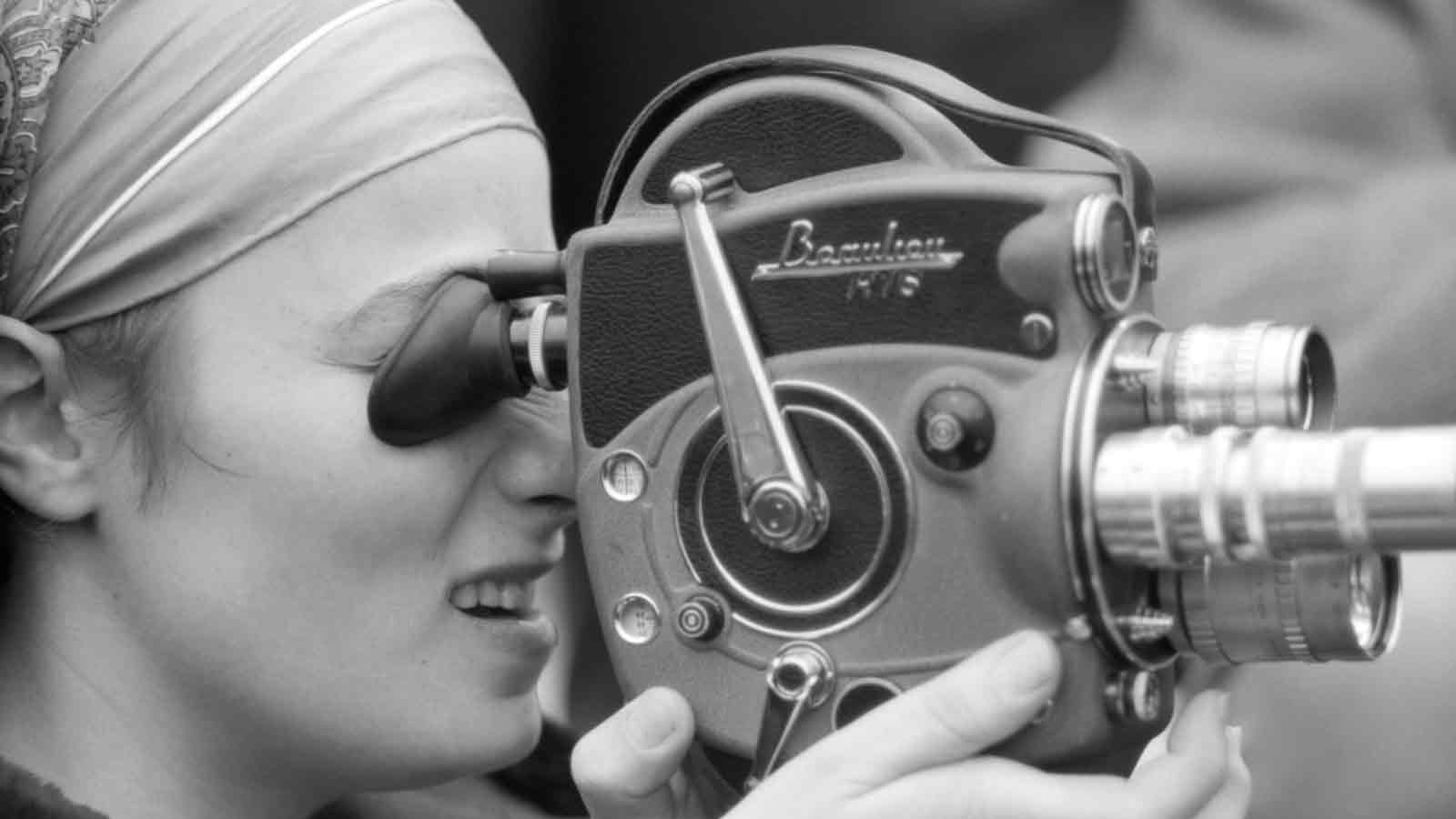The Struggle Never Ends

More by coincidence than design, this week’s round of highlights all happen to be tied to films and series opening today. Have a great holiday weekend—and go see some movies!
- Chuck Smith’s documentary Barbara Rubin and the Exploding New York Underground opens today in New York and in San Francisco and Los Angeles on June 14. As an intern for Jonas Mekas, Rubin moved through the art scene of the 1960s with the likes of Allen Ginsberg and Bob Dylan and introduced Andy Warhol to the Velvet Underground. Between 1963 and 1965, still in her teens, she made what J. Hoberman, writing for the New York Review of Books, calls the “sensational, genitally confrontational” Christmas on Earth, a film with “no fixed form.” Hoberman notes that “artist and scholar Ara Osterweil makes the point that Rubin more or less invented the idea of film as installation and projected film as a performative medium.” And in the New York Times, Glenn Kenny suggests that “there’s a sense in which Christmas on Earth can be seen as not having had enough influence.”
- The Proposal, the first feature-length documentary by artist Jill Magid, also opens at New York’s IFC Center today before heading out across the country through June. Magid, whose work has been exhibited at major museums and galleries around the world, writes at the Talkhouse about bringing along a certain box set of films that Chantal Akerman made in the 1970s as she toured the festival circuit. On her travels, she was particularly taken with Les rendez-vous d’Anna (1978) and with a fifteenth century triptych by Flemish artist Dieric Bouts she saw at a museum in Leuven, Belgium. “The relationship between the Akerman and the Bouts felt instinctual,” she writes, “but then immediately stupid: The comparison felt too formal, like an aesthetic exercise. I almost let it go.” She didn’t.
- Tonight in Los Angeles, Andy Rector will present Ousmane Sembène’s 1970 short Tauw, in which a Senegalese man takes in his pregnant girlfriend who’s been rejected by her family, and Kenji Mizoguchi’s My Love Is Burning (1949), the third feature in the director’s Fighting Women trilogy. At Kino Slang, Rector presents a collection of texts by Mizoguchi and by Yoshikata Yoda, who cowrote My Love Is Burning with Kaneto Shindo. Looking back on what he himself called “a ‘barbarous’ film” based on the life of Fukuda Hideko, a writer and feminist in the Meiji period, Mizoguchi expresses admiration for his lead actress, Kinuyo Tanaka. For his part, Yoda reflects on his disagreements with Shindo and Mizoguchi’s split with the studio, Shochiku.
- Olaf Möller, who’s programmed a series of films by Dominik Graf opening today at New York’s Anthology Film Archives, presents a boisterous primer on the oeuvre in the Notebook. While Robert Aldrich was an early influence, Nicolas Roeg’s “visionary cinema of sensual pop and violent fragmentation, perversion and outrage, kickstarted his desire for films more provocative, nervous, searching, almost essayistic in a Marker-ian sort of way,” writes Möller. “But it was giallo followed by Poliziotteschi that provided him with the instruments: wild, sometimes disorientating zoom, eye-popping color schemes, an idea of montage jagged and disjunctive, a style of acting that’s expressive and only too flip-happy.”
- From today through June 13, New York’s Film Forum will present The Hour of Liberation: Decolonizing Cinema, 1966–1981, a series of films by Sembène, the late Med Hondo,Fernando Solanas, Sara Gómez, and many other filmmakers from the so-called Third World. Tomás Gutiérrez Alea’s Memories of Underdevelopment (1968), screening on June 4, is also playing on the Criterion Channel, and in Observations on Film Art, Jeff Smith expands on the thoughts he’s laid out in the episode that accompanies our presentation. “By exploring Cuba’s travails after Castro’s seizure of power, Alea knew that First World audiences might misinterpret the film,” he writes, but “the film’s vulnerability would also turn out to be its greatest strength among domestic Cuban audiences. Alea’s use of cinematic devices to convey subjectivity imparts a simple but powerful lesson: the Revolution may be over, but revolutionary struggle never ends.”
For news and items of interest throughout the day, every day, follow @CriterionDaily.



